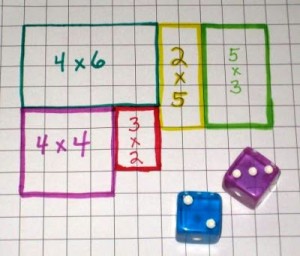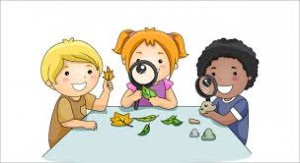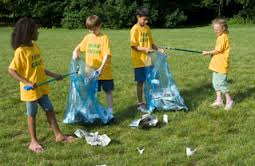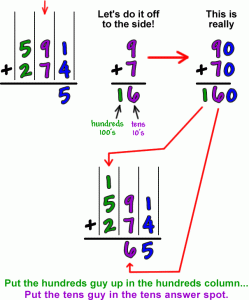Chapter 12- Measure Length and Area
Summary

Nonstandard ways to measure
12-1 Nonstandard Units: I can measure lengths using nonstandard units.
Vocabulary: Nonstandard unit: objects such as blocks, paper clips, crayons, and pencils that can be used to measure. Measure: to find the length, height, weight, capacity, or temperature using standard or nonstandard units. Length: how long or how far something is.
12-2 Measure Inches Using Models: I can measure length using models that approximate inches.
Vocabulary: Inch: a customary unit for measuring length and height. 12 inches=1 foot.
12-3 PSS: Guess and Check: I can use guess and check as a strategy to solve problems.

Comparing centimeters to inches
12-4 Use an Inch Ruler: I can estimate and measure length using an inch ruler.
12-5 Measure Centimeters Using Models: I can measure length using models that approximate centimeters.
Vocabulary: Centimeter: a metric unit of measurement used to find lengths and heights.
12-6 Use a Centimeter Ruler: I can estimate and measure length using a centimeter ruler.

Dice, a marker, and graphing paper make a great game to understand area!
12-7 Understanding Area: I can determine the area of a two-dimensional surface.
Vocabulary: Area: the space inside a shape or figure.
12-8 PSS: Choose a Strategy: I can choose the best strategy to solve problems.















